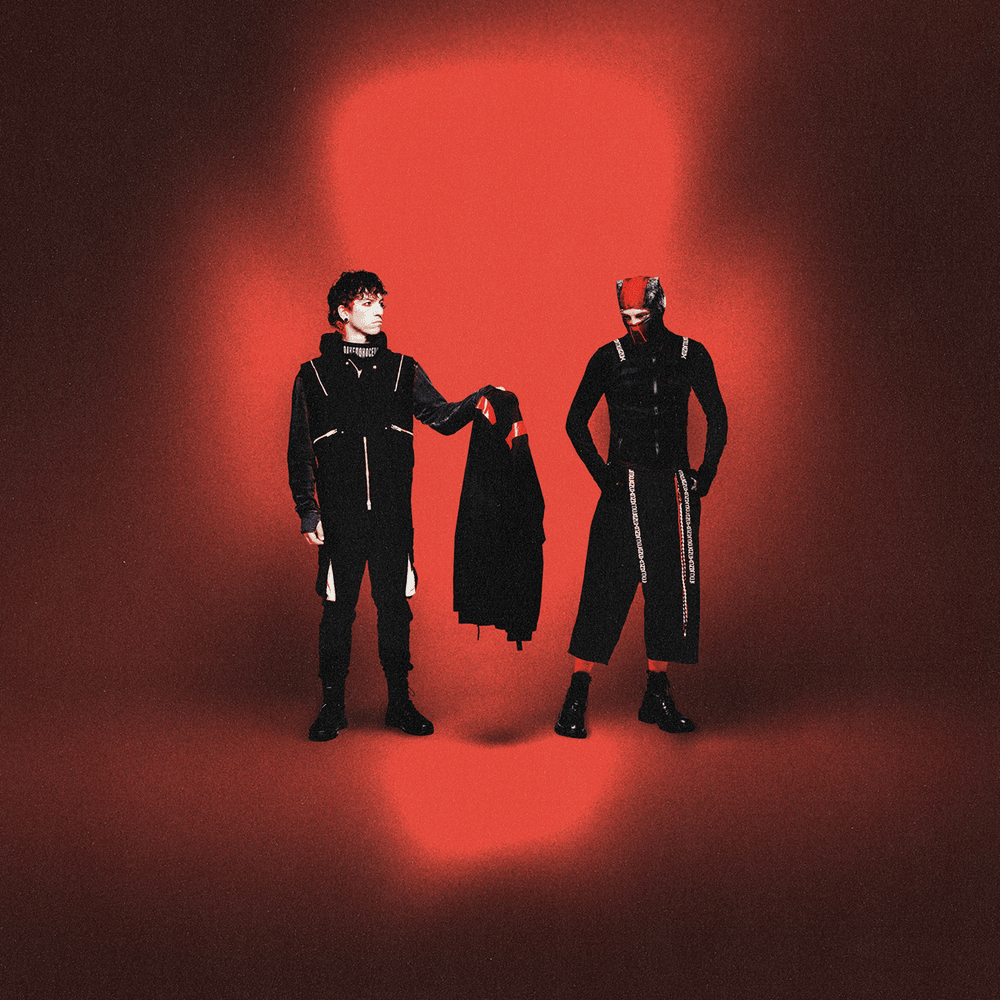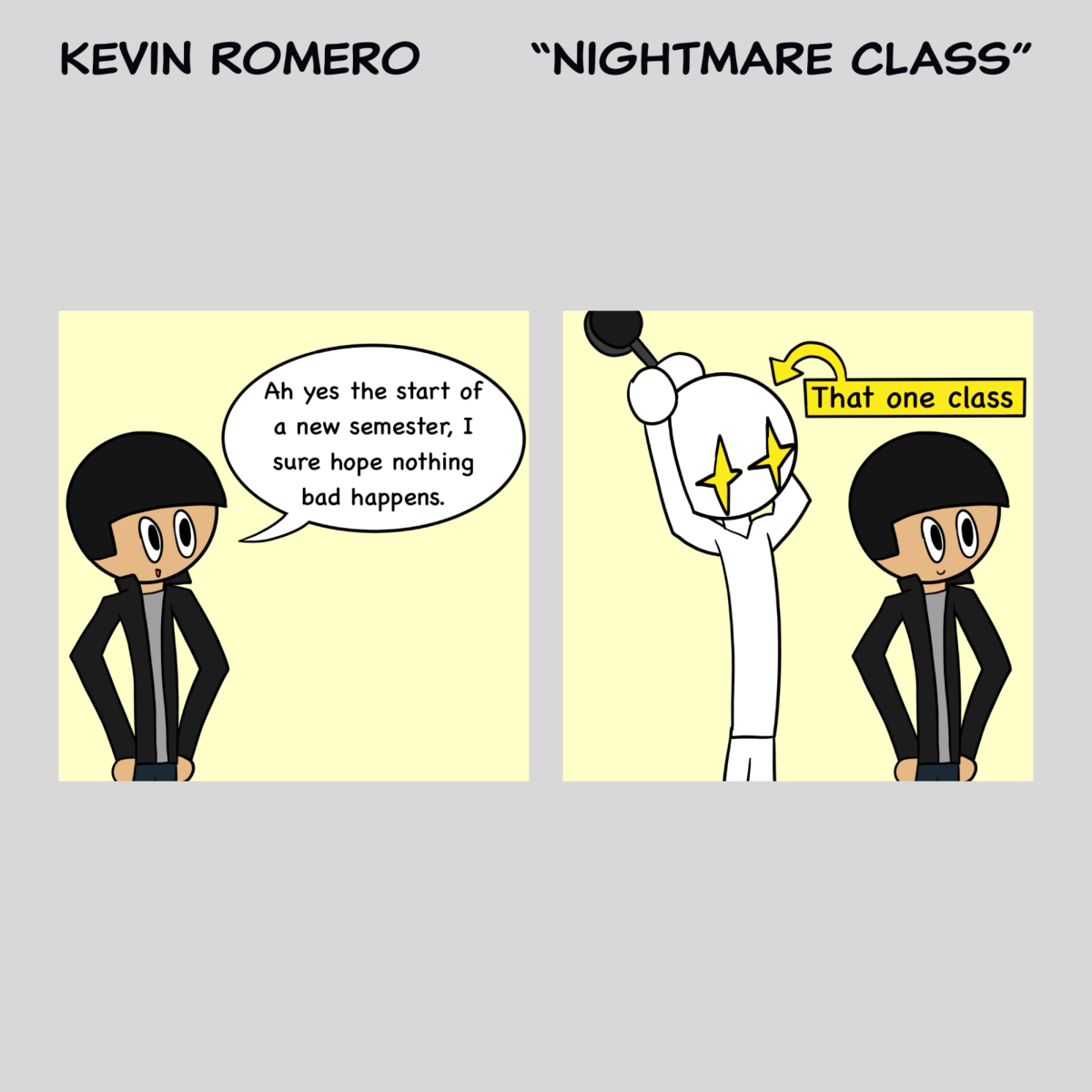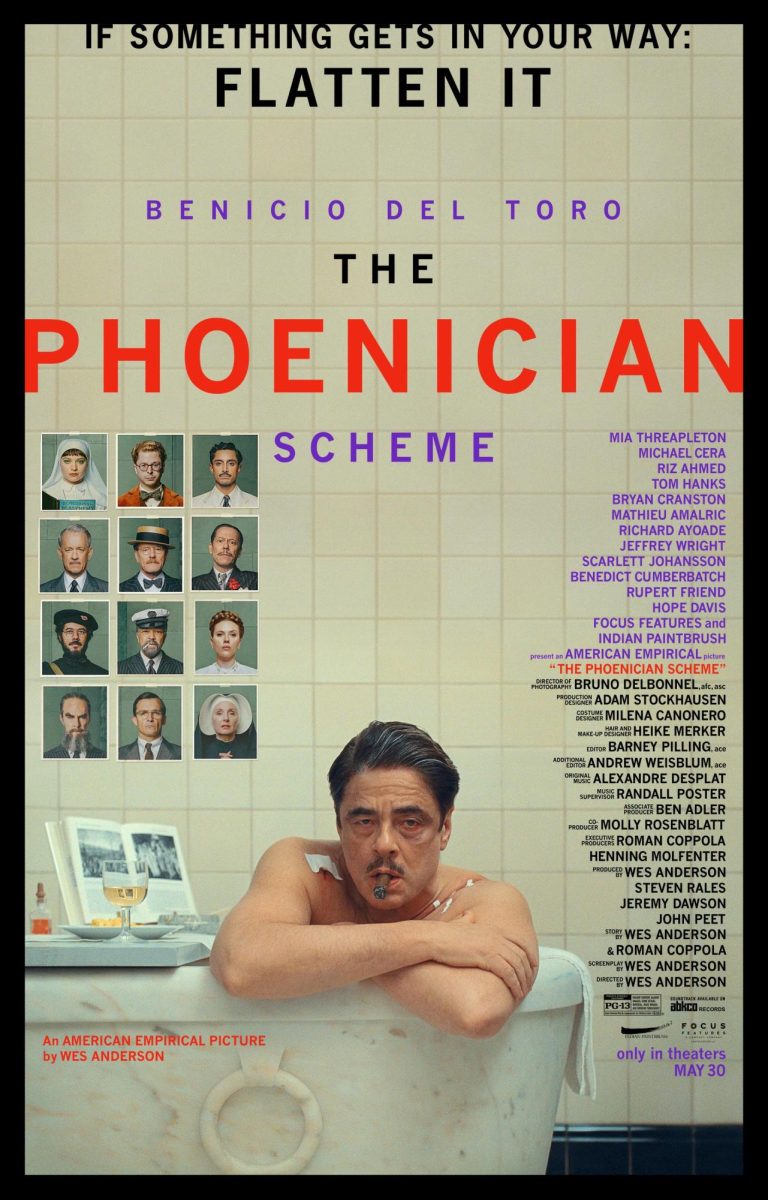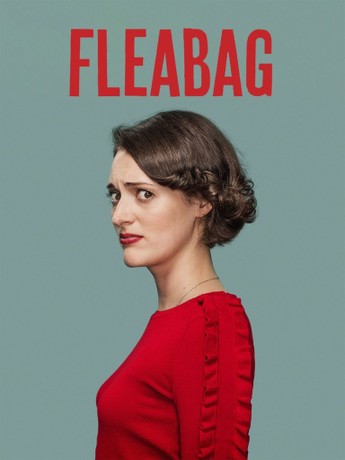
There have been many video games in the genre of horror/survival horror, made over the past 30 years. There are the well-known game series such as Silent Hill, Dead Space, Resident Evil, Amnesia, and Five Nights at Freddy’s, to name a few. However, hidden behind a web of obscurity, there lies one of only horror/survival horror video game series I have truly found a deep love for: the Fatal Frame series.
Known outside of North America as Project Zero and in Japan as just Zero, the games are about a ghost-catching camera with a powerful “Zero Type” film. This series currently spans across five games. Each game features a new story that is linked to the others by this aforementioned camera and the man who made it.
Part mystery, part horror, the Fatal Frame games are set in Japan and are heavily built on various aspects of Japanese culture, history, and most of all, folklore. Each game focuses on a different legendary ghost tale and drawing upon it. However, not every one of the games saw the same level of success, especially outside of Japan.
Fatal Frame
The original game was released in 2001 in Japan and 2002 in the West on the PlayStation 2 and Xbox consoles. The game was spawned off the back of the success of Silent Hill, however, this was based more so off of its creator, Makoto Shibata’s own spiritual experiences, and would set the stage for the next four games to come.
This first game in the series focuses on the main protagonist Miku Hinasaki as she finds her way through a supposedly cursed mansion in the mountains. Her goal is to track down her brother who wandered off while they were both there taking photos of the abandoned estate. As she goes after him, the building begins to change and she comes to learn why the mansion is cursed. She must face hosts of angry ghosts to find her missing brother and try not to get killed by the ghosts on her way.
I personally love this game, though it may be a little rough graphics-wise, and certainly is not the deepest of all the games story-wise. But it set the stage beautifully for the games to come, and does well with the dark and genuinely on-edge type of scary it set out to capture.
It also does jumpscares incredibly well, without relying too heavily on startling music cues or on the jumpscares themselves to make the game scary. Finally, this game, again as all the others, adds genuinely emotional and tragic elements so beautifully woven into the story and game that makes the narrative so brilliant.
Fatal Frame II: Crimson Butterfly
Following twin sisters Mayu and Mio Amakura, this game was released in 2003 originally, and was on the PlayStation 2 once again. The common theme between the games is that the protagonist ends up discovering the mystery of what happened in their given haunted setting because someone they know gets lost by wandering off (with one exception).
Of all four games, this was easily the most successful of the games, and is sometimes regarded as one of, if not the greatest horror game to ever be made. I would agree. I was introduced to the series through this game because of its popularity, and the way the story unfolded was just fantastic. Again, it balances horror, mystery, emotions and culture so incredibly well.
Fatal Frame II was so successful, it was even remade in 2012 on the Nintendo Wii. I, however, as many long-time fans of the series generally agree about, have mixed feelings about this remake. The added aspects that would appear in Fatal Frame 3 and onward, particularly the suspense of now having to reach out and grab items, hoping you won’t get jumpscared by a ghost hand reaching out and grabbing you suddenly.
However, the English dub of the game leaves something to be acquired. For some reason, they chose to get new voice actors for what is pretty much the exact same dialogue, but beyond that, Mayu and Mio are now voiced by British actresses who did, and nothing against them themselves, a less than stellar job, comparatively.
This vocal change of the main characters is as jarring as it is strange, taking the player out of the game. With that being said, there was a fan-modded version of the game that allowed for players to play the Japanese version but with English subtitles, making for a much better experience.
Fatal Frame III: The Tormented
Fatal Frame 3 was released in 2005 in Japan and North America and in 2006 in Europe. Perhaps the game with the most emotional ending, it focuses more on the psychology and mental health of the main protagonist, Rei Kurosawa, as she deals with guilt and not being able to let go and move on after causing the death of her significant other. This game also features the return of the protagonist from the first game, Miku.
This game messes with your head as much as it does with the main protagonist. I think the part that I loved most about this game, besides the ending because of how powerfully emotional and generally beautiful and relatable it is, would be the way that the story is set both in the haunted location as well as in the comfort of the main protagonist’s home, making it feel just as unsafe as the story progresses as the haunted location.
Known as the Manor of Sleep, the haunted location is not actually a real, physical location like in the other games, but rather, as the name may suggest, is a place one is drawn into while they sleep, and slowly consumes them as they fall deeper into the nightmare with each sleep session until they don’t wake again.
Fatal Frame IV: The Mask of the Lunar Eclipse
The series now owned by Nintendo, this game was released in 2008 on the Wii, however, it never made it out of Japan. Because of this, it is easily the most underrated and unknown of the five games that make up the series.
It follows protagonist Ruka Minazuki, as she and the survivors of her group of friends venture back to their home island of Rougetsu with the goal of figuring out what went wrong with the local ritual at their town, one that, unlike the rituals in the other games, was not meant to actually result in anyone’s death.
It may be my favorite game of the series, having watched a playthrough of the game by YouTuber GabSmolders, and quickly falling in love with the way they pull off the biggest twist of the game. This game is tricky to get a hold of, however, similar to Crimson Butterfly, the fans have recently taken up the task of making a version accessible to Western audiences. If you’re unable to physically play this game yourself, I highly recommend watching GabSmolders’ most recent playthrough of the game.
Fatal Frame V: Maiden of Black Water
Released in 2014, and following main protagonist Yuri Kozukata, this is currently the last game in the series, and once more takes more of a psychological approach, dealing with mental health. The premise of the game is largely based on the famous Aokigahara forest in Japan. It has the most amount of locations that you play through during this game, such as in the main manor house and the woods.
Like the previous games, this game messes with the player’s head in terms of how the setting shifts and changes between chapters and characters. This story also, like the third game, connects the overarching story of the games together, though how is something you’ll have to find out yourself! Of the lot of them, though, I find this one the least memorable, personally. Despite that, I do still think that the game is enjoyable, and it certainly has the best graphics since it’s the most recent game in the series.
Both the story and the way that folklore and history are interwoven so well in these games is just beautiful, and the horror aspect is simply fantastic. I highly recommend this series of games if you’re looking for something spooky to play this Halloween!













